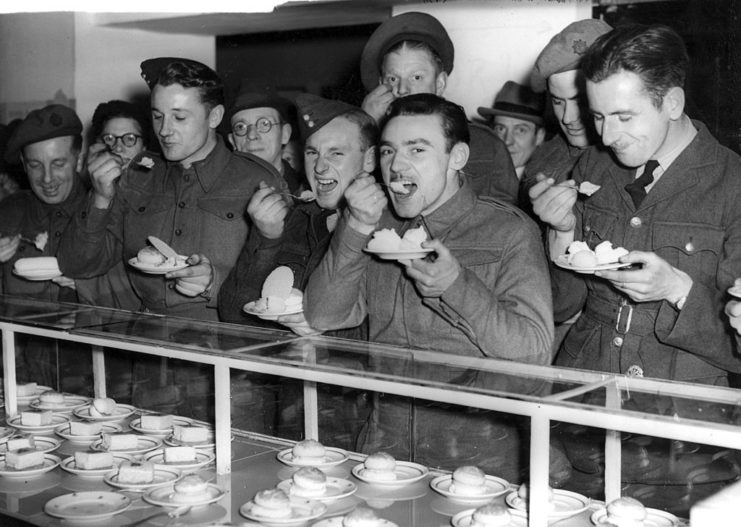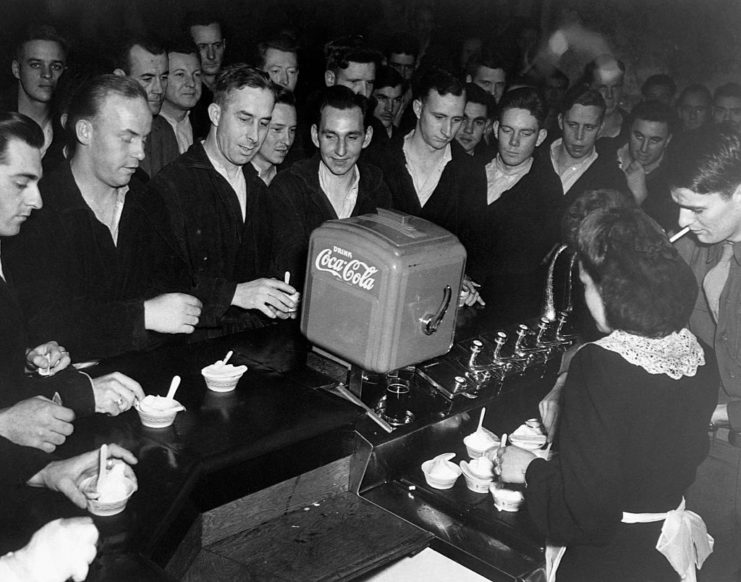The Surprisingly Sweet Role of Ice Cream in World War II
Whether it’s a photograph of a loved one, a favorite meal, or one of the many simple commodities we take for granted at home, the smallest comforts can make a big difference during times of war.
An alcohol ban triggered the ice cream craze

Alcohol was banned on ships as of July 1, 1914, years before Prohibition made booze illegal across the entire United States. Per General Order No. 99, “The use or introduction for drinking purposes of alcoholic liquors on board any naval vessel, or within any navy yard or station, is strictly prohibited, and commanding officers will be held directly responsible for the enforcement of this order.”
The United States Navy needed to find new ways to boost morale as World War I ramped up. The solution to the alcohol dilemma? Ice cream!
It turned out the sailors absolutely loved ice cream – a love that ran so deep, some grabbed containers of ice cream while the USS Lexington was sinking after a Japanese torpedo strike in 1942. According to The Atlantic, “Survivors describe scooping ice cream into helmets and licking them clean before lowering themselves into the Pacific.”
A $1 million floating ice cream factory

The demand for everyone’s favorite frozen treat drove the US Navy to spend a whopping $1 million to build an ice cream barge. Repurposing a concrete barge from the Army, the Navy created a floating ice cream factory and parlor to supply sailors with as much of the sweet stuff as they wanted.
The ship would manufacture and hand off ice cream to smaller ships that didn’t have their own facilities on board. In one shift, the ice cream barge could produce 500 gallons of ice cream. It could hold as many as 2,000 gallons at a time.
The barge did have its setbacks, including a fleet of tugboats to tow it since it didn’t have a motor of its own. But the joy and comfort it brought to sailors who had been at sea without their loved ones and the familiarity of homemade ice cream made the barge a priceless commodity.
More from us: The USS Forrestal (CV-59) Disaster Forever Changed the Way US Navy Sailors Learn Damage Control
Although no one is certain what happened to the ice cream barge, it sails on in fond memories and stories.
The post The Surprisingly Sweet Role of Ice Cream in World War II appeared first on warhistoryonline.
Post a Comment
0 Comments